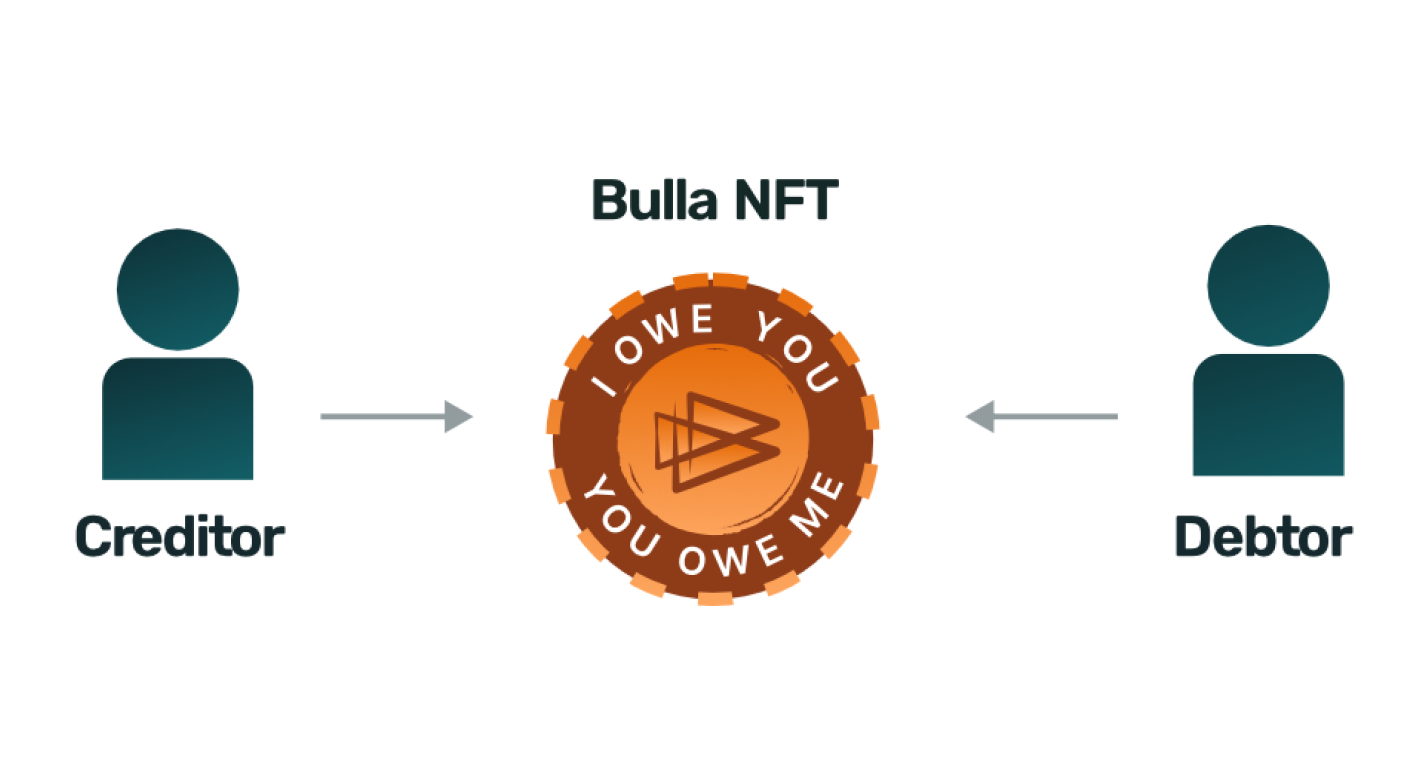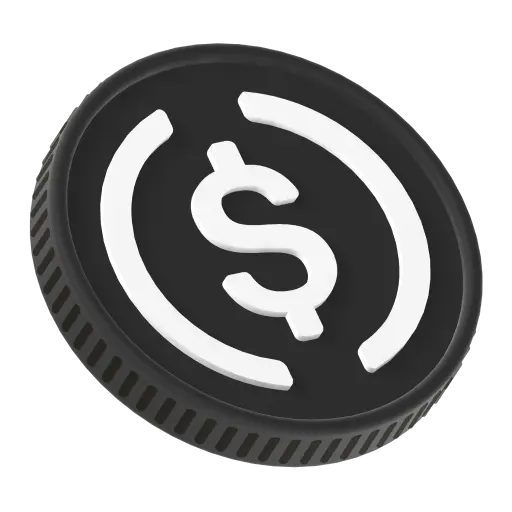
The Bulla protocol is a decentralized accounting tool that mints tokens for crypto, or web3, transactions. People currently use the Bulla protocol to invoice, make payments and manage payroll on-chain.
The Bulla protocol uses tokens as a foundational permissionless, shared system for web3 contingency accounting, and we feel we are creating the blockchain of future crypto claims and payments.
We believe the blockchain holds great potential for credit and financing, and our long-term mission is to facilitate another global capital market on-chain.
Our principle dashboard, Bulla Banker, currently allows you to easily mint and manage invoice and payroll claims.
A Bulla claims token will have a creditor, a debtor and an amount. As any Bulla claims token will be minted on the blockchain, it will be viewable in the Bulla Banker dashboard. A creditor will see the tokenized invoice as a receivable and a debtor will see the same tokenized invoice as a payable.
Individuals, companies and DAOs use this protocol to organize their accounts and process transactions on-chain.
Anyone with a crypto wallet can use Bulla Network, and we currently support sending invoices with USDC, xUSD, ETH and wBTC. We can also add any ERC-20 token so that DAOs with a native token can pay in that token.
We pride ourselves on being open source and permissionless. Anyone can build on our platform and we do not store any data on-site. No one needs to set up an account to use Bulla, and there is no on-boarding off-boarding.
Bulla Network’s unique features include supporting batch payments to facilitate payroll in crypto.
How our protocol works using Triple Entry Accounting
When a user wants to invoice another party (or create a claim), Bulla’s protocol mints a Bulla Token claim for that transaction. The Bulla Claim Token creates an immutable shared source of truth about this transaction that sits on the blockchain and which all parties may view.
The protocol can send an email to the other party, alerting them of the claim. The invoiced party can then pay the invoice, executing a wallet-to-wallet transaction.
Schema of Bulla Claims blockchain accounting token below:

This form of accounting is called Triple Entry Accounting.
In traditional “double-entry accounting,” every transaction gets recorded in two separate account ledgers and at two separate entities, with a final bank or an intermediary processing settlement.
Using Bulla protocol and its form of triple entry accounting, a transaction is recorded only once on the blockchain. The creditor signs the transaction upon creation and the debtor signs the transaction when they pay or reject the claim.
“Minting" a transaction on the Bulla Network protocol means you credit relationships with customers to facilitate scheduling future payments and invoices.
Bulla Network requires no account set-up or on-boarding/off-boarding. There is no server database involved and only a non-custodial wallet is needed to connect directly with Bulla. Once connected, you can communicate contingent payments with other non-custodial wallets and those involved can see their related activity on their dashboard.
The Bulla protocol is an open-source payments protocol on which developers can expand and build. Bulla Network is a purposely composable protocol to facilitate on-chain commerce - it is wallet-, crypto- and chain-agnostic.
Bulla Finance
Want to grow your business? Raise working capital? Earn a yield on your USDC?
Bulla can help. The Bulla protocol allows you to conduct wallet-to-wallet lending or onchain credit creation. With the protocol you can monetize your minted tokens and tap into the global capital market on the blockchain. Once an invoice is minted, it can be tokenized and financed with a Bulla Finance Liquidity pool.
By creating credit onchain, web2 and web3 businesses can improve liquidity and grow their businesses.
Learn more about our Bulla Finance Liquidity Pools here.
Learn more about wallet-to-wallet lending here.
To learn more
Triple Entry Accounting early paper (of which Bulla protocol is a variation) https://iang.org/papers/triple_entry.html















